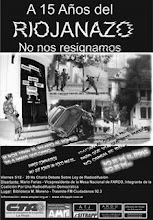be made in one simple operation--pushing the single round into the
bore (fig. 48). Toward
that end,
the sabot or "shoe" (fig. 41) took the place of the wad. The sabot was
a wooden disk about the same diameter
as the shot. It was secured to the ball with a pair of metal
straps to make "semi-fixed" ammunition; then, if the neck of the
powder bag were tied around the sabot, the result was one cartridge,
containing powder, sabot, and
ball, called "fixed" ammunition. Fixed ammunition was usual for the
lighter field pieces by the end of the 1700's, while the bigger guns
used "semi-fixed." In transportation, cartridges were protected by
cylinders and caps of strong paper. Sabots were sometimes made of
paper, too, or of compressed wood chips, to eliminate the danger of a
heavy,
unbroken sabot falling amongst friendly troops. A big mortar sabot was
a lethal projectile in itself! ROCKETS Today's rocket projectiles are
not exactly new inventions.
About the time of artillery's beginning, the military fireworker
came into the business of providing pyrotechnic engines of war; later,
his job included the spectacular fireworks that were set off in
celebration of victory or peace. Artillery manuals of very early date
include chapters on the manufacture and use of fireworks. But in
making war rockets there was no marked progress
until the late eighteenth century. About 1780, the British Army in
India watched the Orientals use them; and within the next quarter
century William
Congreve, who set about the task of producing a rocket that would
carry an incendiary
or explosive charge as far as 2 miles, had achieved such promising
results that English boats fired rocket salvos against Boulogne in
1806, The British Field Rocket Brigade used rockets effectively at
Leipsic
in 1812--the first time they a
















No hay comentarios:
Publicar un comentario